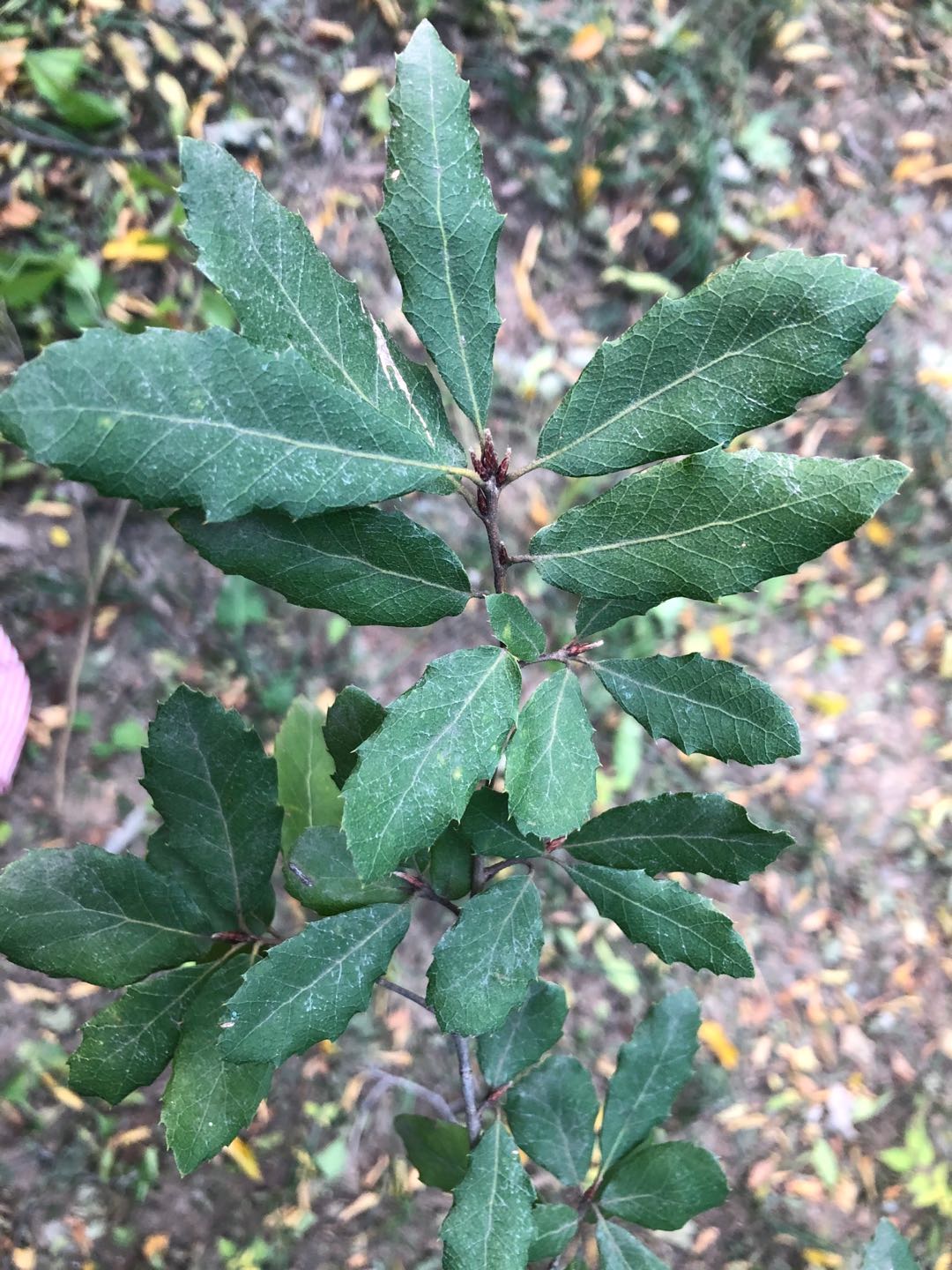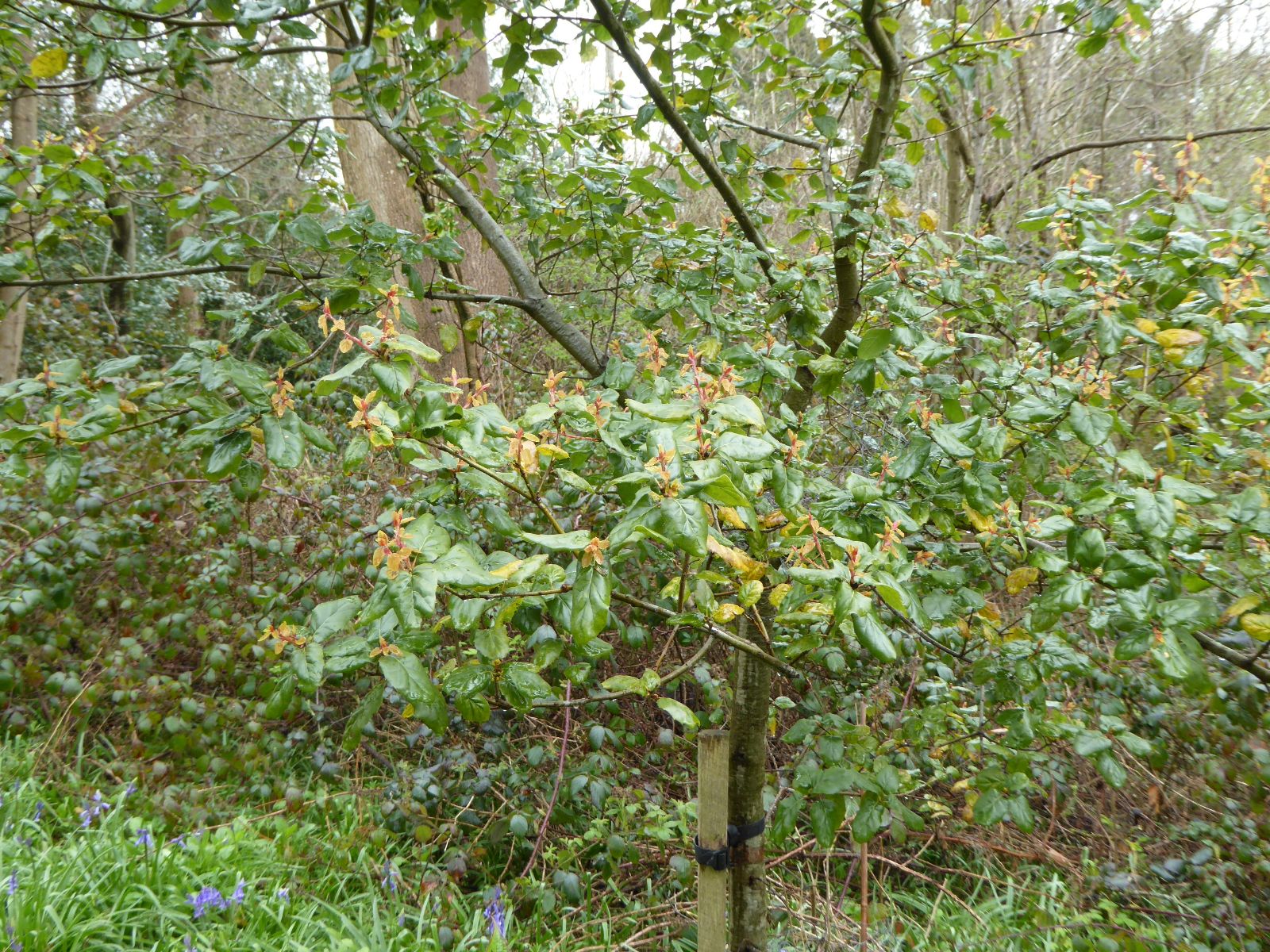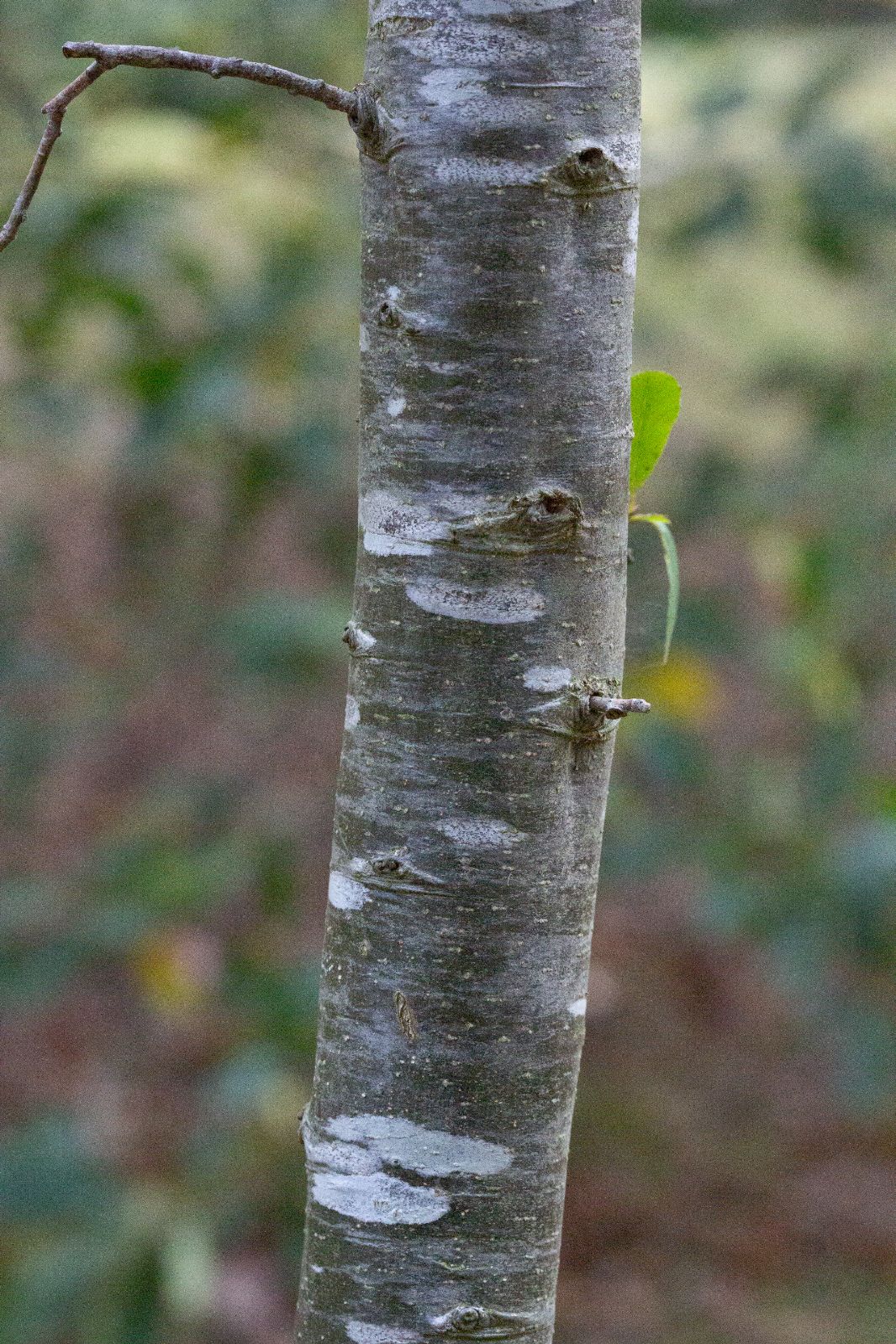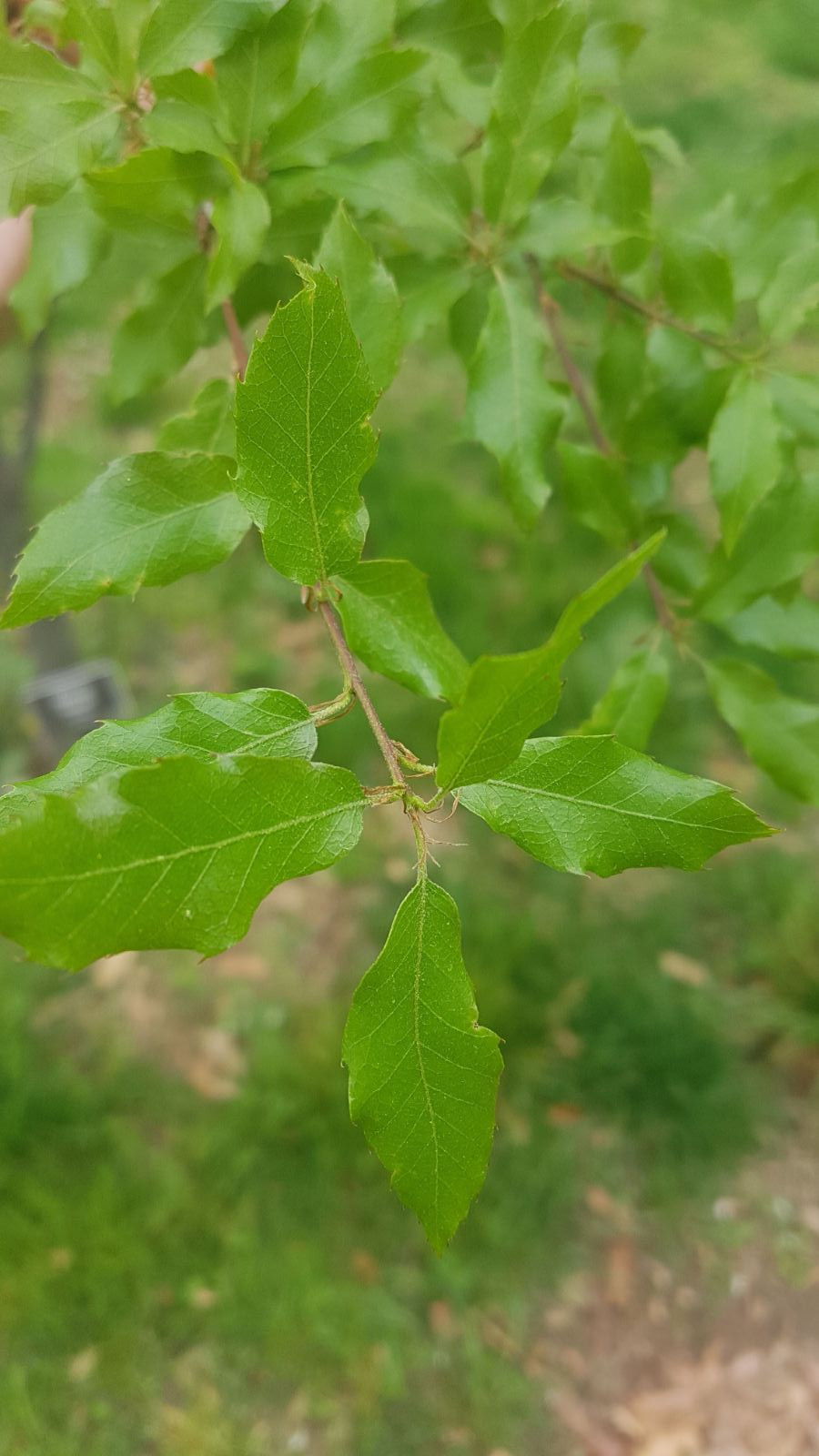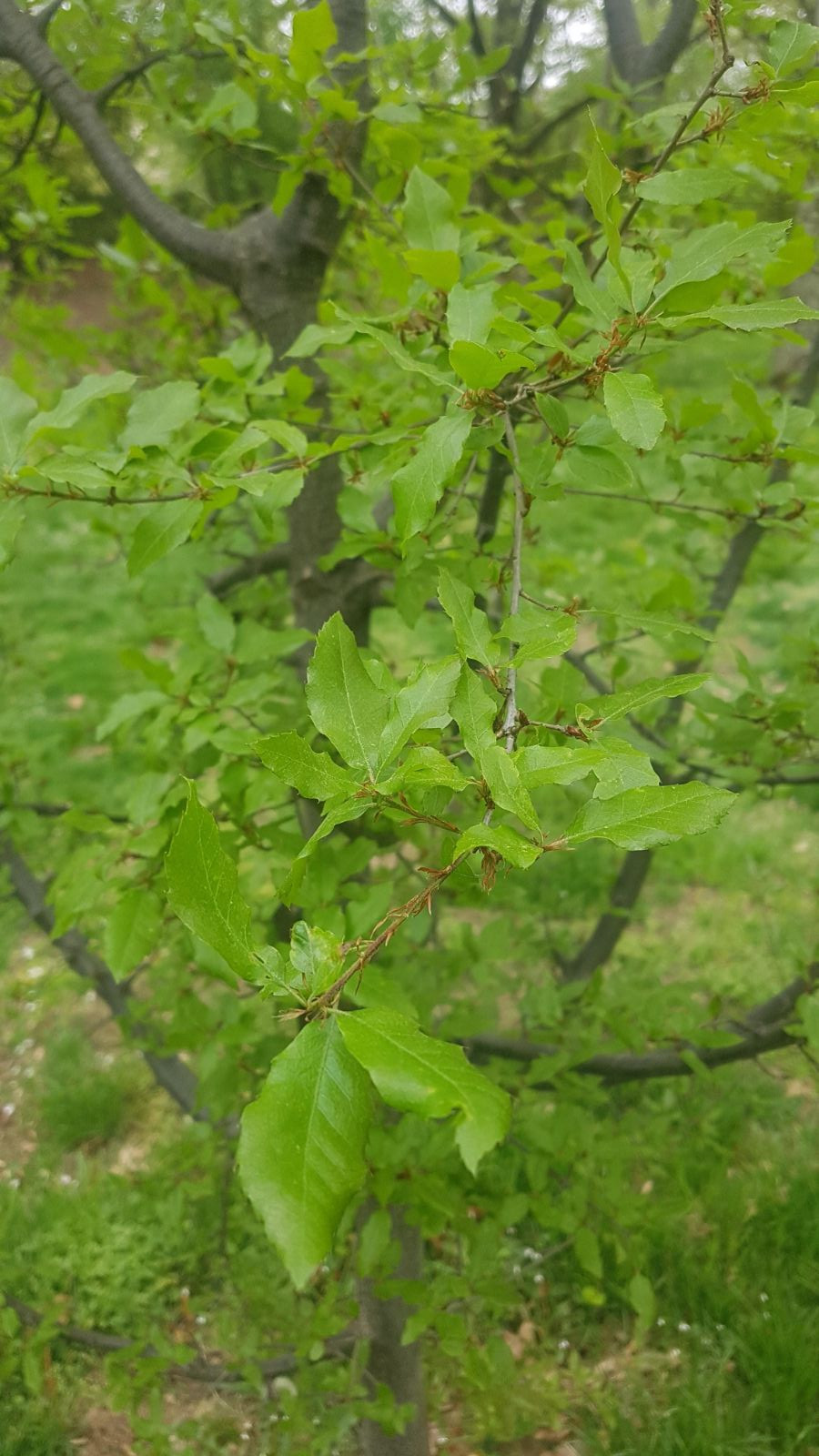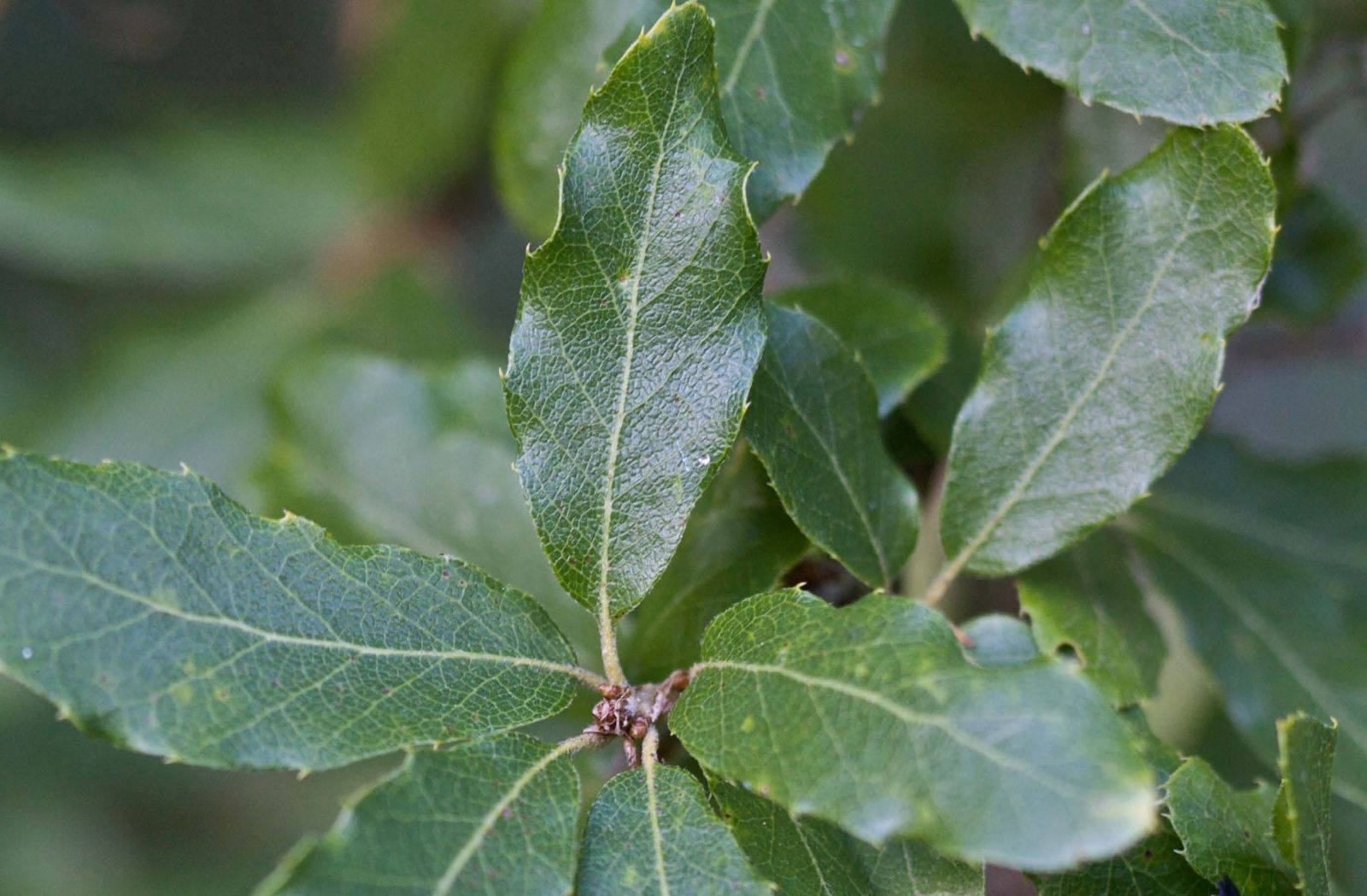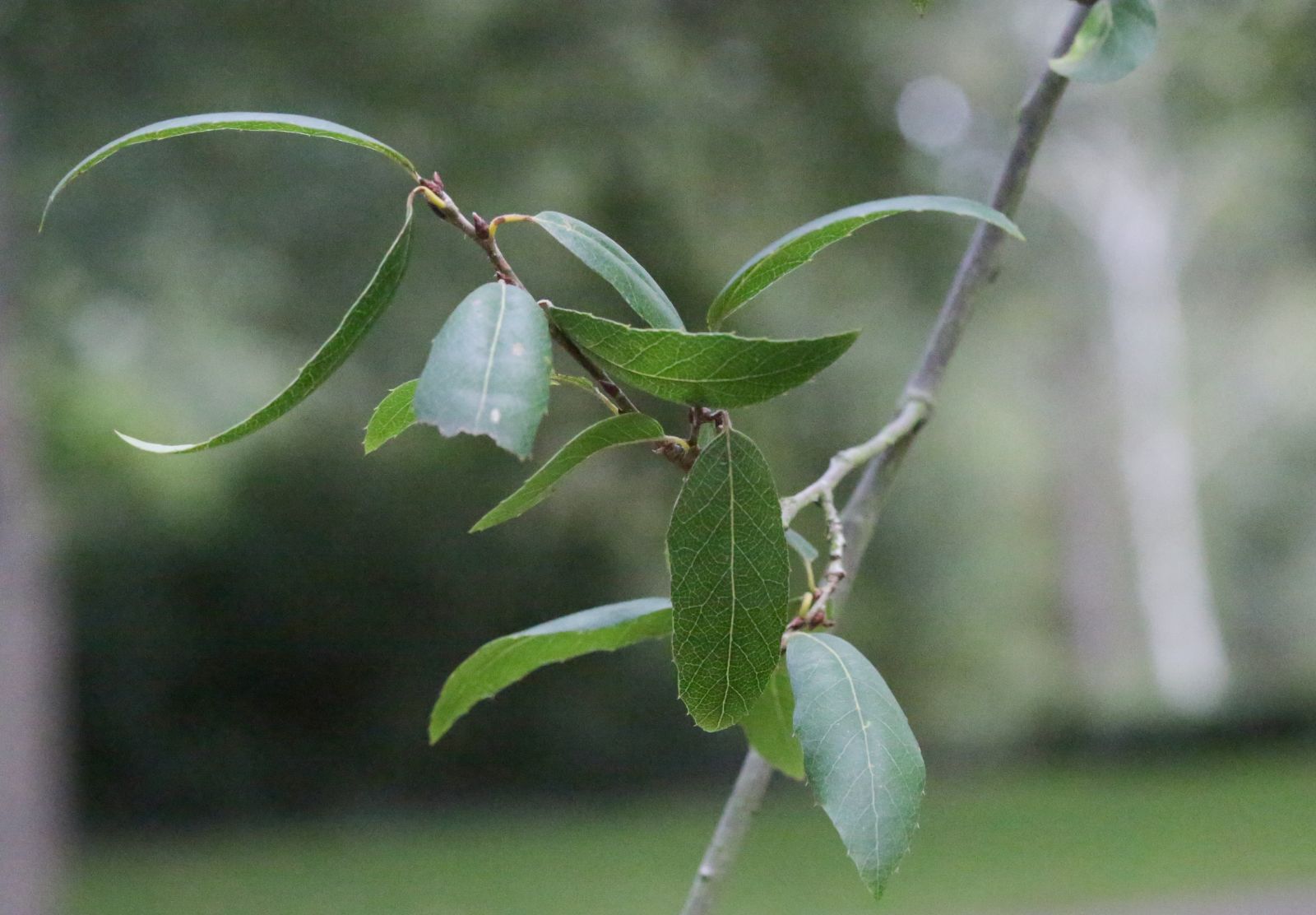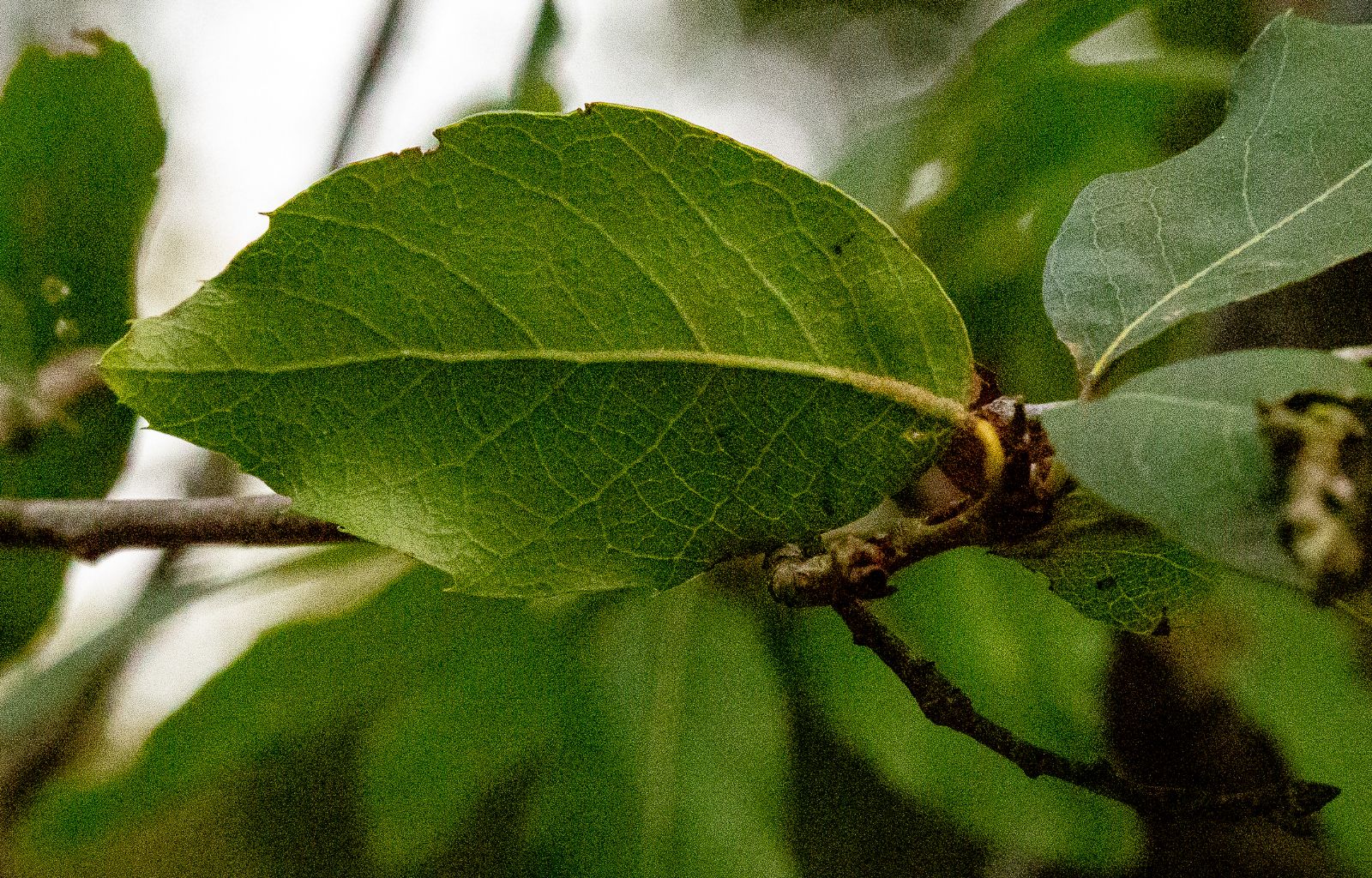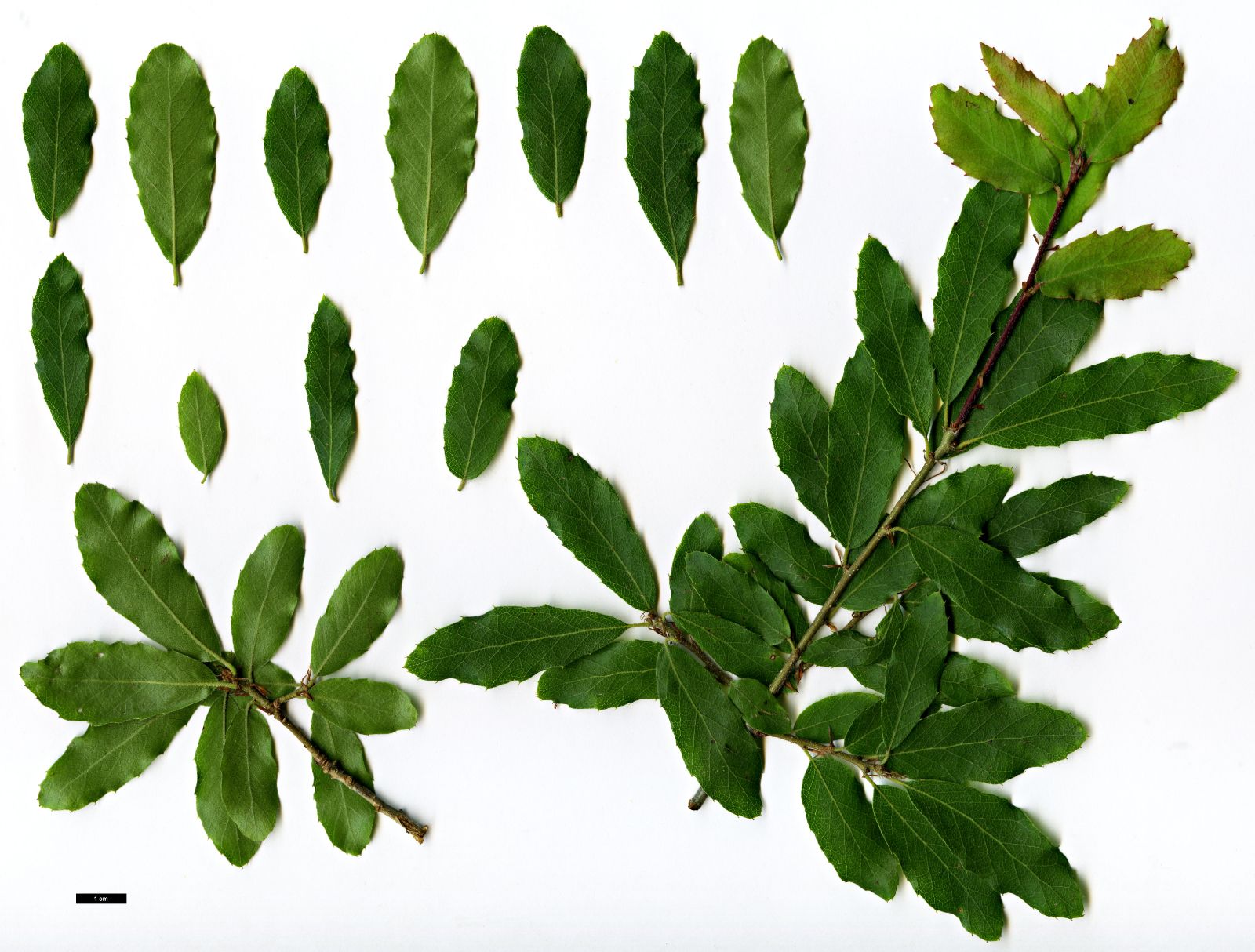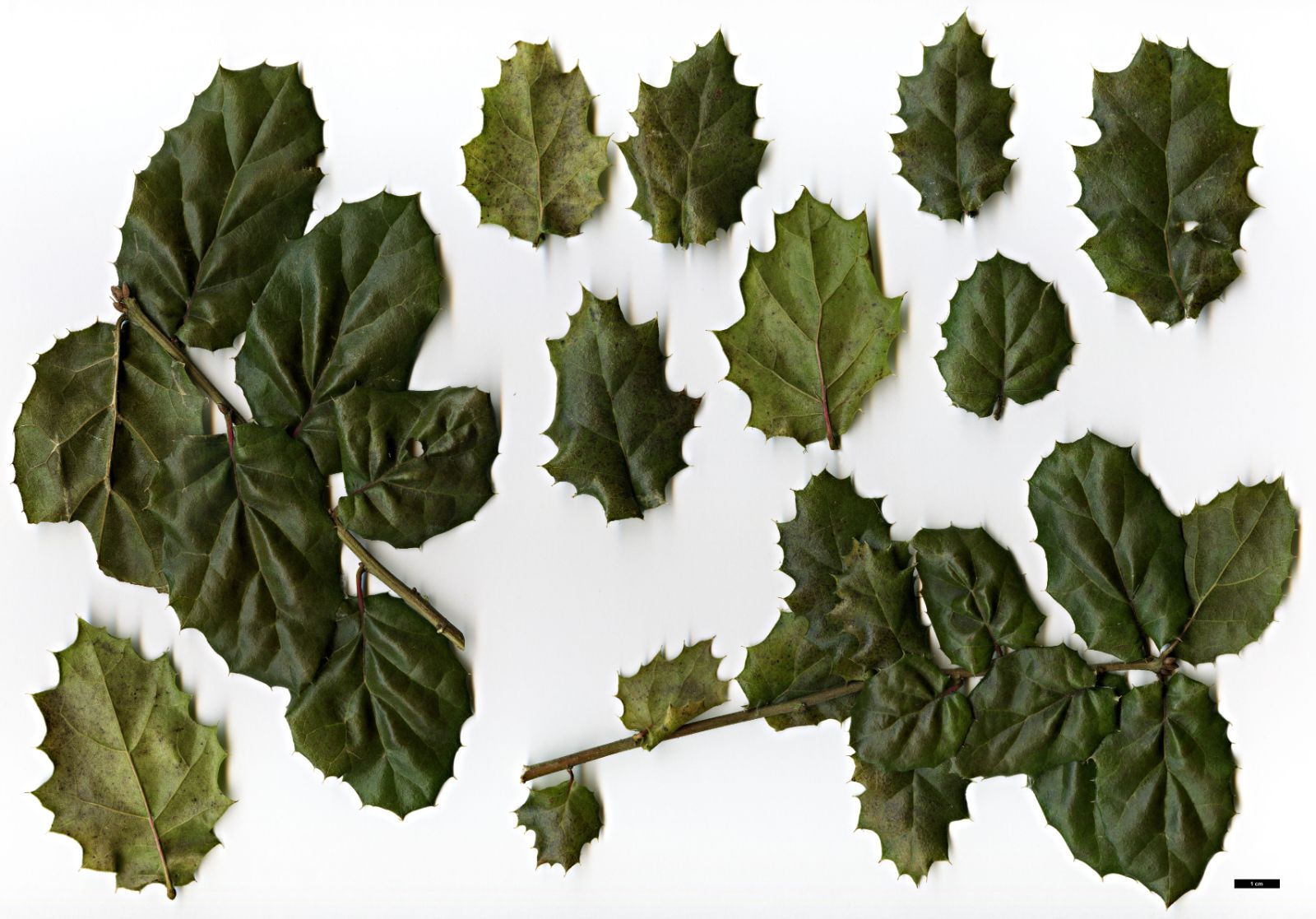Quercus baronii
Sponsor
Kindly sponsored by
The Trees and Shrubs Online Oak Consortium
Credits
Allen Coombes & Roderick Cameron (2022)
Recommended citation
Coombes, A. & Cameron, R. (2022), 'Quercus baronii' from the website Trees and Shrubs Online (treesandshrubsonline.
Genus
- Quercus
- Subgen. Cerris, Sect. Ilex
Synonyms
- Quercus dielsiana Seemen ex Diels
- Quercus kozloviana Liou
- Quercus pseudoserrata Liou
Other taxa in genus
- Quercus acerifolia
- Quercus acherdophylla
- Quercus acrodonta
- Quercus acuta
- Quercus acutifolia
- Quercus acutissima
- Quercus afares
- Quercus affinis
- Quercus agrifolia
- Quercus alba
- Quercus aliena
- Quercus alnifolia
- Quercus aquifolioides
- Quercus arizonica
- Quercus arkansana
- Quercus aucheri
- Quercus augustini
- Quercus austrina
- Quercus × auzendei
- Quercus baloot
- Quercus bambusifolia
- Quercus bicolor
- Quercus brantii
- Quercus buckleyi
- Quercus canariensis
- Quercus canbyi
- Quercus candicans
- Quercus castanea
- Quercus castaneifolia
- Quercus cerris
- Quercus chenii
- Quercus chrysolepis
- Quercus coccifera
- Quercus cocciferoides
- Quercus coccinea
- Quercus conspersa
- Quercus crassifolia
- Quercus crassipes
- Quercus delavayi
- Quercus dentata
- Quercus deserticola
- Quercus dolicholepis
- Quercus douglasii
- Quercus dumosa
- Quercus durifolia
- Quercus eduardii
- Quercus ellipsoidalis
- Quercus emoryi
- Quercus engelmannii
- Quercus engleriana
- Quercus euboica
- Quercus eugeniifolia
- Quercus fabri
- Quercus faginea
- Quercus falcata
- Quercus floribunda
- Quercus frainetto
- Quercus franchetii
- Quercus fruticosa
- Quercus fusiformis
- Quercus gambelii
- Quercus garryana
- Quercus geminata
- Quercus georgiana
- Quercus germana
- Quercus gilliana
- Quercus gilva
- Quercus glabrescens
- Quercus glauca
- Quercus graciliformis
- Quercus gravesii
- Quercus griffithii
- Quercus grisea
- Quercus guyavifolia
- Quercus hartwissiana
- Quercus hemisphaerica
- Quercus × hispanica
- Quercus hondae
- Quercus hypargyrea
- Quercus hypoleucoides
- Quercus ilex
- Quercus ilicifolia
- Quercus imbricaria
- Quercus incana
- Quercus infectoria
- Quercus insignis
- Quercus ithaburensis
- Quercus kelloggii
- Quercus × kewensis
- Quercus kiukiangensis
- Quercus laceyi
- Quercus laevis
- Quercus lamellosa
- Quercus lanata
- Quercus lancifolia
- Quercus laurifolia
- Quercus laurina
- Quercus × leana
- Quercus leucotrichophora
- Quercus × libanerris
- Quercus libani
- Quercus lobata
- Quercus lobbii
- Quercus lodicosa
- Quercus longinux
- Quercus longispica
- Quercus look
- Quercus × ludoviciana
- Quercus macranthera
- Quercus macrocalyx
- Quercus macrocarpa
- Quercus macrolepis
- Quercus marilandica
- Quercus mexicana
- Quercus michauxii
- Quercus mongolica
- Quercus monimotricha
- Quercus montana
- Quercus morii
- Quercus muehlenbergii
- Quercus myrsinifolia
- Quercus myrtifolia
- Quercus nigra
- Quercus × numidica
- Quercus oblongifolia
- Quercus obtusata
- Quercus oglethorpensis
- Quercus oxyodon
- Quercus pagoda
- Quercus palmeri
- Quercus palustris
- Quercus pannosa
- Quercus parvula
- Quercus petraea
- Quercus phellos
- Quercus phillyreoides
- Quercus planipocula
- Quercus poilanei
- Quercus polymorpha
- Quercus pontica
- Quercus prinoides
- Quercus pubescens
- Quercus pyrenaica
- Quercus rehderiana
- Quercus reticulata
- Quercus robur
- Quercus rotundifolia
- Quercus rubra
- Quercus rugosa
- Quercus rysophylla
- Quercus sadleriana
- Quercus salicina
- Quercus sartorii
- Quercus × schneideri
- Quercus schottkyana
- Quercus semecarpifolia
- Quercus senescens
- Quercus serrata
- Quercus sessilifolia
- Quercus setulosa
- Quercus shumardii
- Quercus sinuata
- Quercus spinosa
- Quercus stellata
- Quercus stenophylloides
- Quercus suber
- Quercus subspathulata
- Quercus tarokoensis
- Quercus tatakaensis
- Quercus texana
- Quercus tomentella
- Quercus trojana
- Quercus tungmaiensis
- Quercus turbinella
- Quercus × turneri
- Quercus undulata
- Quercus utahensis
- Quercus utilis
- Quercus uxoris
- Quercus variabilis
- Quercus velutina
- Quercus virginiana
- Quercus vulcanica
- Quercus warburgii
- Quercus wislizenii
- Quercus xalapensis
Shrubs or trees 6–15 m tall × 0.6 m dbh, semi-evergreen. Bark smooth and grey at first, later developing irregular greyish scales, delimited by corky fissures (similar to Q. cerris). Branchlets and lower surface of leaves covered with grayish white starry pubescence at first, becoming nearly or quite glabrous by late autumn. Petiole 3–7 mm, yellowish gray tomentose. Leaves ovate to lanceolate, 3–6 × 1.3–2 cm, when young with stellate pubescence that easily rubs off; the midvein on the underside with yellowish gray villous hairs, glabrescent, base rounded to broadly cuneate, margin sharply serrate on the apical half, apex acuminate; 6 or 7 secondary veins on each side of midvein and slightly protruding from margin as mucros; on the underside, tertiary veins are slender, often inconspicuous; mature leaf blade concolorous (same colour above as below). Female inflorescences 1–1.5 cm; acorns born singly or in pairs. Cupule cup-shaped, 0.8–1 × 1.2–1.8 cm, enclosing half to two-thirds of nut; scales pubescent, silky, linear, subulate, and inflexed. Nut ovoid to ellipsoid, 1.5–1.8 × 1–1.2 cm, apex flat or slightly depressed; acorn scar 4–5 mm in diameter, slightly raised; stylopodium c. 2 mm wide, bearing white pubescence. Flowers in April, acorns ripen in September of the following year (China). (Huang et al. 1999; le Hardÿ de Beaulieu & Lamant 2010).
Distribution China Gansu, Henan, Hubei, Hunan, Shaanxi, Shanxi, Sichuan
Habitat Mixed mesophytic forests, frequently on limestone; 500–2200 m. In Henan province, associated with Pinus armandii.
USDA Hardiness Zone 6
Conservation status Least concern (LC)
In natural habitat, this oak is found on the edge of evergreen and deciduous forests, frequently on limestone soils in gorges exposed to sunlight and on semi-arid slopes. Leaves are marcescent, drying in winter but remaining on the tree to protect the buds, falling only in spring when new leaves emerge. It can be evergreen in mild climates (le Hardÿ de Beaulieu & Lamant 2010).
Originally discovered by the Italian missionary Giraldi in Shensi (modern-day Shaanxi) in 1895; it was described in 1899 by S.A. Skan from herbarium samples sent to Kew by Dr. E. Baroni of Florence (hence the epithet). Introduced to the UK in 1914, probably by F.N. Meyer. Wilson found it to be common in warm, semi-arid regions of the Min River in Sichuan (Bean 1976). Plants grown from seed collected by Joseph Hers in the 1920s were planted at the Arnold Arboretum but are no longer in the collection.
The North America-China Plant Exploration Consortium collected this species in Gansu in 2005 (NACPEC 2005 069) and plants from this seed can be found at the Morris Arboretum, Pennsylvania, the Arnold Arboretum, Massachusetts (2.2 m × 2 cm in 2017), the Morton Arboretum, Illinois, New York Botanical Gardens, the Botanic Garden of Smith College, Massachusetts, Starhill Forest, Illinois, and the Scott Arboretum of Swarthmore College, Pennsylvania.
It was also collected at 2350 m in Sichuan in 2003, from a tree c. 10 m tall with a spread of 10–12 m (SICH 2303). Plants of this collection are at Kew (planted 2009), Sonoma Botanical Garden, California (Quarryhill Botanical Garden 2001), at Chevithorne Barton, England, where it reached 3.8 m by 2020 (J. MacEwen pers. comm.), and at White House Farm, where it measured 5 m × 13 cm dbh in 2019 (The Tree Register 2022, as Q. gilliana).
A specimen growing in the National Botanic Garden, Glasnevin, in Dublin, Ireland, is the UK & Ireland Champion for girth and height, 8 m × 21 cm dbh in 2012 (Tree Register 2020). According to le Hardÿ de Beaulieu and Lamant (2010), a tree grows in the Arboretum national des Barres in France, where it is unfortunately dominated by surrounding mature trees.
A group of nine trees is at Beijing Botanic Garden. The seed was collected in Shanxi in 2002 by the North America-China Plant Exploration Consortium, a group including Tony Aiello, Kris Bachtell and Yudan Tang. The largest was about 12 m tall and 13.2 cm diameter at ground level in 2020. They are described as semi-evergreen there, with some leaves turning brown in January and two thirds of the leaves remaining on the trees until spring (Y. Tang pers. comm. 2020).

